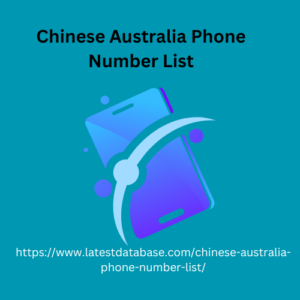|
|
Research keywords: Find and target long-tail keywords relevant to your audience that generate conversions. Free tools like KeywordsFX, Google Search, Google Keyword Planner, and FAQ Fox can help you master this essential step in DIY SEO. Optimize website content: Help your website content dominate search results with on-page optimizations, like adding keywords, creating new content, writing compelling title tags, and designing shareable multimedia. Improve internal linking: Use the power of internal linking to improve website crawling, user journeys, and rankings. Practices like adding three to five internal links to content and using descriptive anchor text can help you maximize the impact of internal linking.
Attract backlinks: parts of DIY SEO with diverse Chinese Australia Phone Number List tactics, like social media sharing, email outreach, and viral content. Tools like Google Trends, Quora, and FAQ Fox can help you with this stage. Track SEO rankings, conversions, and more: Close the gap between marketing and sales with platforms like Marketo and MarketingCloudFX, which will help you measure the real return on investment from doing SEO on your own. Continue learning SEO: Use podcasts, blogs, and YouTube channels to grow your SEO knowledge and improve your results. If you’re doing SEO yourself, you need to commit to learning and evolving with search engine optimization.

Let’s dive into these DIY SEO tips in more detail! 1. Set up analytics Rankings. Traffic. Conversions. You need analytics tools to measure all these SEO metrics, which is why DIY SEO starts with setting up your analytics platforms. Even if your business already has website analytics platforms like Google Analytics set up, you’ll want to double-check the setup before getting started with SEO. For the best results, start with these platforms: Google Analytics 4 (GA4) Google Search Console Google Tag Manager With Google Analytics 4, you’ll get access to the following:
|
|